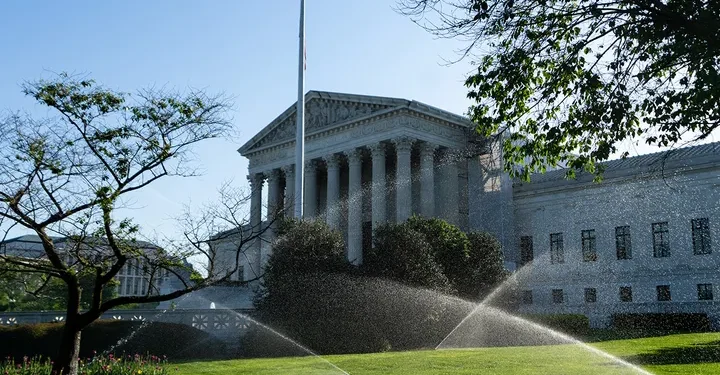In a closely watched decision, the Supreme Court voted 5-4 on Friday to block a Biden administration request to enforce parts of a new rule aimed at protecting transgender students under Title IX. The ruling has significant implications for how schools across the country handle issues related to gender identity.
The Biden administration’s request sought to allow transgender students to use bathrooms, locker rooms, and dorms that align with their gender identity, even in states where local laws prevent it. However, the Supreme Court’s decision means that in 10 states with existing rules, these protections won’t be enforced for now.
The new Title IX rule, which took effect on August 1st, expands the definition of sex discrimination to include discrimination based on gender identity, sexual orientation, and pregnancy-related conditions. This was a landmark clarification, marking the first time that gender identity was explicitly covered under Title IX’s protections.
For those who support the rule, this was seen as a crucial step toward ensuring that all students, regardless of their gender identity, are treated fairly and with respect in educational settings. Critics, however, argue that the rule infringes on the rights of others and challenges long-standing norms in schools.
This Supreme Court decision highlights the ongoing debate over how to balance the rights and protections of all students in schools across the nation. As the legal battles continue, the conversation about what Title IX should protect and how it should be enforced remains as important as ever.





















Your point of view caught my eye and was very interesting. Thanks. I have a question for you.